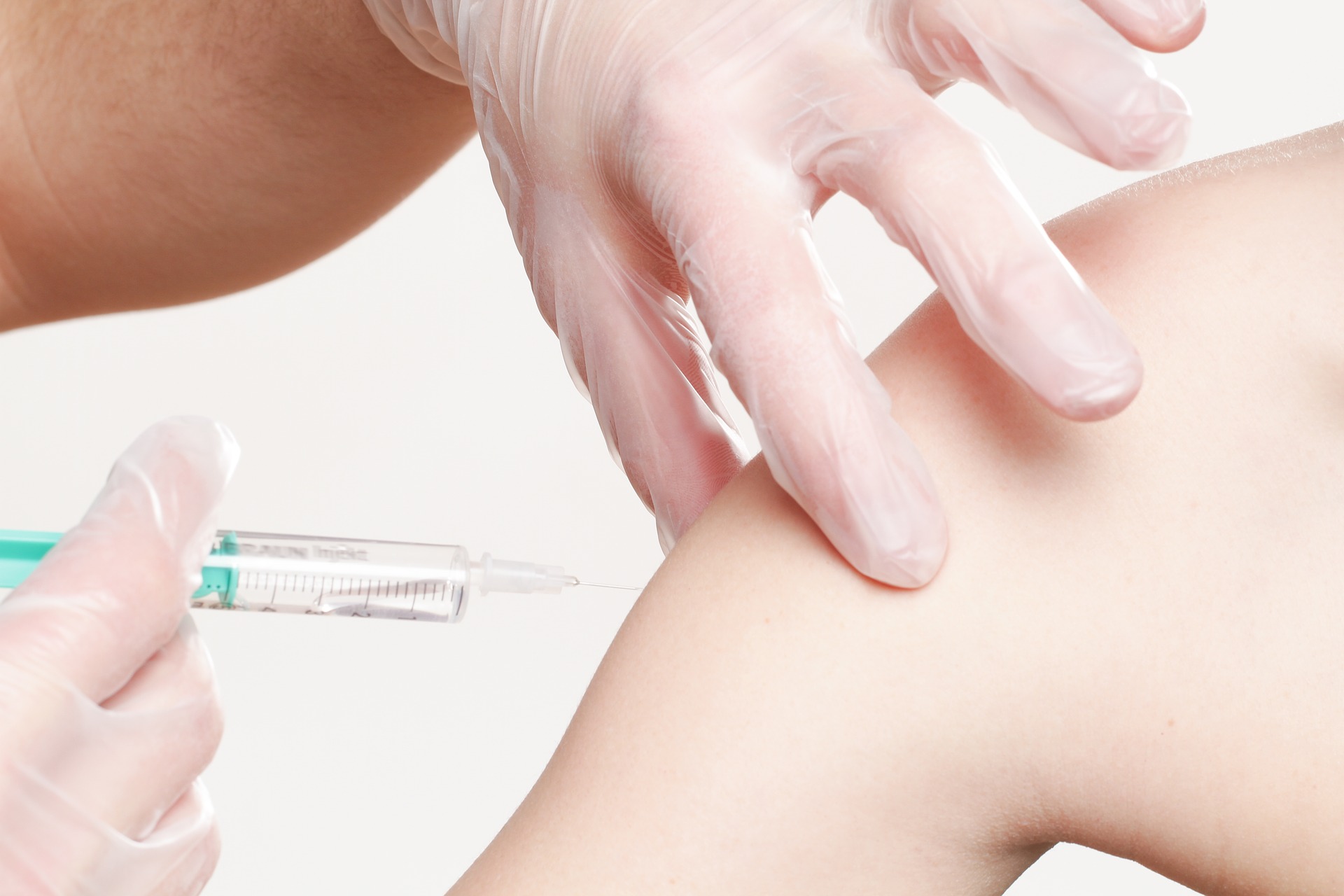By Ansley Waters, Science Programs Intern
The HPV vaccine is one of the major milestones in cancer research, displaying the great promise of cancer prevention.
Of the more than 100 strains of human papillomavirus (HPV), at least 14 have been identified as having the potential to cause cancer, including oropharyngeal, vaginal, vulvar, penile, anal, and cervical cancers. The HPV vaccine, first introduced in 2006, prevents infection from nine HPV strains, including two that cause about 70% of all cervical cancers and an even greater percentage of some other HPV-related cancers.
HPV is the cause of nearly all cases of cervical cancer, which is the fourth most common cancer in women around the world, killing more than 300,000 women each year. About nine in 10 deaths from cervical cancer are women from poorer countries because of the lack access to the HPV vaccine and early cancer screening, detection, and treatment.
In developed countries like the United States, the HPV vaccine and regular screenings (Pap smears) have decreased the rate of cervical cancer, which now ranks 14th in cancer frequency in women in the U.S. However, the American Cancer Society estimates that 4,250 American women will die from cervical cancer this year and 13,170 will be newly diagnosed with cervical cancer.
Even though the HPV vaccine is proven to be safe and effective in preventing not only cervical cancer but genital warts and other cancers that affect both women and men, vaccination rates in the U.S. remain surprisingly low among adolescents. In 2017, only 48.6% of U.S. adolescents were up-to-date on the HPV vaccination schedule.
The CDC’s Advisory Committee on Immunization Practices recommends the series of two shots be started at ages 11-12 for both girls and boys because immune responses will be strongest at these earlier ages. Starting the series early also limits the chance of pre-vaccine exposure to HPV.
Although the purpose of the vaccine is cancer prevention, low vaccination rates may be partly due to the cultural stigma associated with giving young adolescents a vaccine for a sexually transmitted infection. However, vaccinating both young men and women will help create herd immunity against cancer-causing strains of HPV and therefore prevent cancers for both sexes.
Increasing HPV vaccine uptake is particularly needed among young men, for whom up-to-date coverage is nearly 10% less than it is for young women. This is despite the fact that the prevalence of genital HPV infection is higher in men than it is in women aged 18-59 (about 45% and 40%, respectively).
The vaccine may also be beneficial for older individuals, as the FDA has recently approved the vaccine for use among both women and men through the age of 45. Even as an adult, the vaccine may provide immunity against strains of HPV an individual has not yet been exposed to, and thus may be protective against some HPV-related cancers.
Scientific studies in the U.S. and abroad suggest that it may be possible to virtually eliminate cervical cancer if vaccination rates continue to rise. Australia is an excellent example of this. In 2006, Australia implemented a national HPV vaccination program, and as a result, cases of cervical cancer are expected to drop from seven per 100,000 people to four per 100,000 people by 2028. By 2066, it is estimated that cervical cancer will be virtually eliminated in Australia thanks to widespread vaccination coverage.
Currently, there is no treatment for the virus itself, but research is ongoing. For example, scientists at the University of Alabama at Birmingham reported recently that certain cancer drugs could possibly be repurposed to treat HPV infections, thus preventing cervical cancer later in life.
